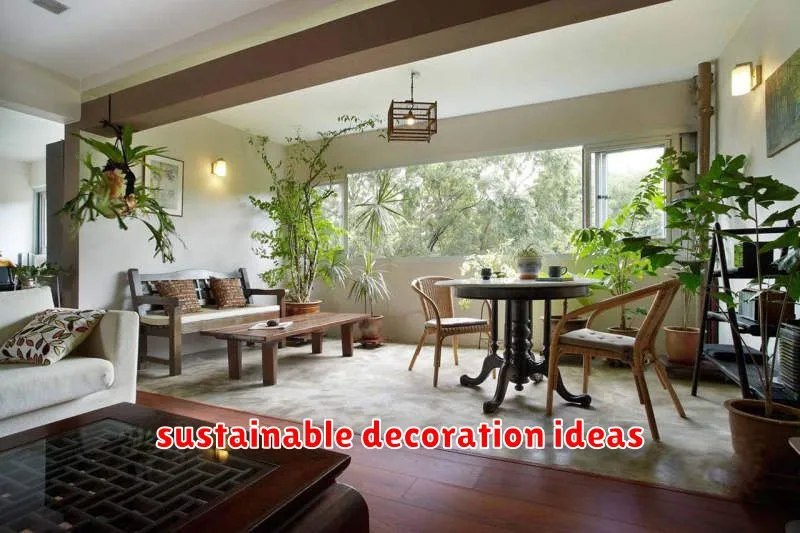Are you passionate about sustainable living and seeking eco-friendly decoration ideas to transform your home? This article explores innovative and stylish ways to create a beautiful and environmentally conscious living space. Discover a range of sustainable decor options, from repurposing materials for unique DIY projects to sourcing eco-friendly furniture and natural decorations. Learn how to minimize your environmental impact while enhancing your home’s aesthetic appeal with these practical and inspiring eco-friendly decorating tips for a truly sustainable home.
Recycled Wood Furniture

Recycled wood furniture offers a sustainable and stylish alternative to newly manufactured pieces. Using reclaimed wood reduces deforestation and minimizes waste, contributing to a smaller carbon footprint. The unique character of reclaimed wood, with its variations in color and texture, adds a rustic charm and visual interest to any interior design scheme.
Choosing recycled wood furniture supports responsible environmental practices. The process of reclaiming and repurposing wood diverts materials from landfills, reducing the environmental impact associated with furniture production. Furthermore, selecting pieces made with sustainable finishing techniques further enhances the eco-friendly nature of your purchase.
From rustic coffee tables to elegant bedroom sets, the versatility of recycled wood allows for a wide range of styles and designs. Incorporating recycled wood furniture into your home demonstrates a commitment to sustainable living while adding unique character and beauty to your living space.
Bamboo Wall Panels
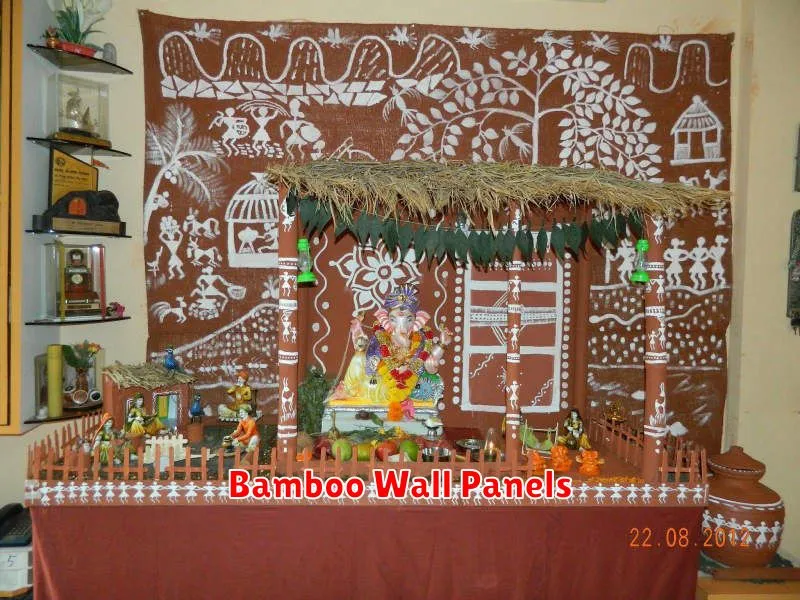
Bamboo wall panels offer a stylish and sustainable alternative to traditional wall coverings. Made from rapidly renewable bamboo, they present a significantly lower environmental impact compared to materials like wood or plastic. Their natural aesthetic adds warmth and texture to any interior space.
The durability of bamboo panels is another key advantage. They are resistant to moisture and insects, making them suitable for various environments. Furthermore, their versatility allows for diverse design applications, from creating feature walls to full room paneling.
Incorporating bamboo wall panels into your home reflects a commitment to eco-conscious design. Their low maintenance requirements and long lifespan contribute to a sustainable lifestyle, reducing the need for frequent replacements and minimizing waste.
Solar LED Lighting

Solar LED lighting offers a sustainable and aesthetically pleasing approach to home decoration. By harnessing the power of the sun, these lights significantly reduce reliance on the electrical grid, minimizing your carbon footprint and energy bills. The diverse range of styles available, from sleek modern designs to rustic lanterns, allows for seamless integration into various interior and exterior decorating schemes.
The energy efficiency of LED technology is a key benefit. LEDs consume far less energy than traditional incandescent bulbs, further enhancing the environmental friendliness of solar-powered lighting. This contributes to a lower overall energy consumption, promoting a more sustainable lifestyle. Moreover, the long lifespan of LEDs reduces the frequency of bulb replacements, minimizing waste.
Practical applications are numerous. Solar LED path lights create a welcoming ambiance, while solar-powered spotlights can highlight architectural features. Indoor solar lights, often rechargeable, provide a convenient and eco-conscious lighting solution for rooms or spaces with limited access to electricity. Choosing solar LED lighting is a simple yet impactful step towards a more sustainable and stylish home.
Water-Saving Faucets
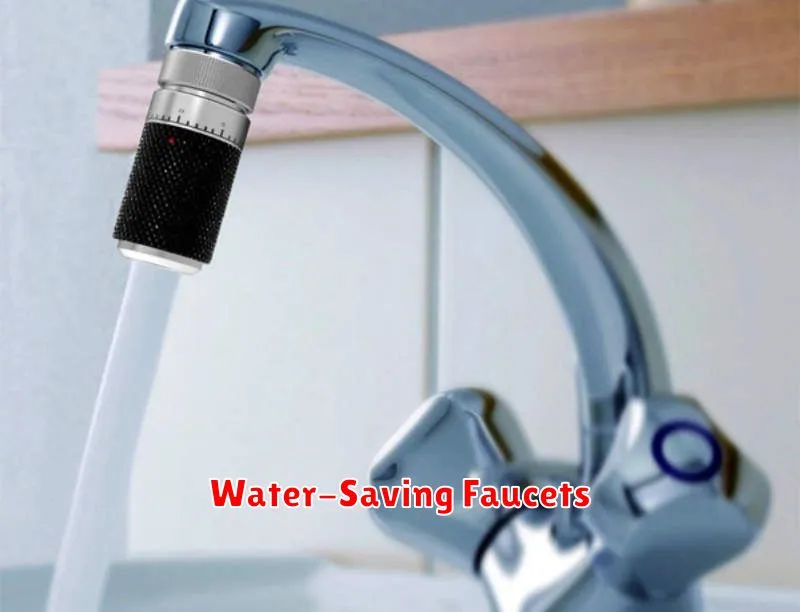
Water-saving faucets are a simple yet effective way to reduce your home’s environmental impact and lower your water bill. These faucets utilize various technologies, such as low-flow aerators and pressure-compensating cartridges, to significantly decrease water consumption without sacrificing water pressure.
The benefits extend beyond environmental consciousness. By reducing water usage, you contribute to conserving precious water resources and minimizing strain on municipal water systems. Furthermore, the cost savings from reduced water and energy bills can be substantial over time, making this a financially responsible choice as well.
When selecting water-efficient faucets, look for certifications like WaterSense, which indicates that the product meets specific water-saving criteria. Consider features like sensor-activated models or those with adjustable flow rates for optimal control and further water conservation. Investing in these faucets is a valuable step towards sustainable living.
Compostable Plant Pots
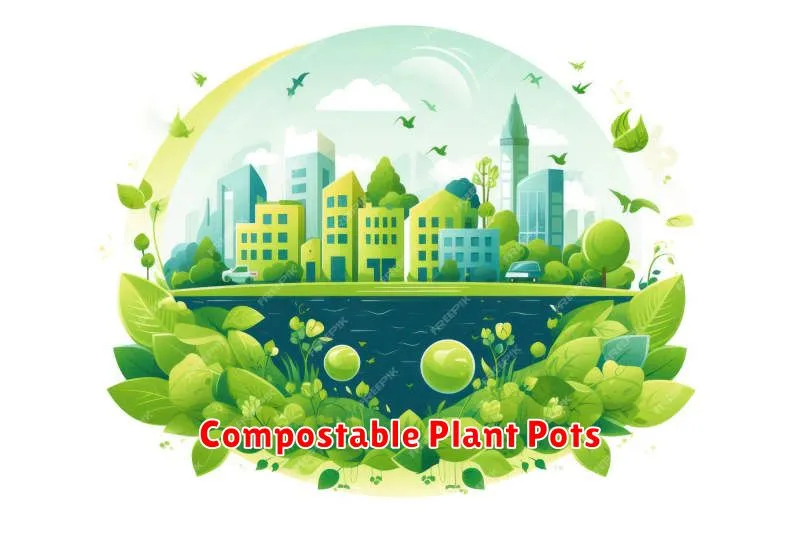
Compostable plant pots offer a sustainable alternative to traditional plastic containers. Made from materials like peat, coconut coir, or other biodegradable substances, these pots eliminate the need for discarding plastic waste. They decompose directly into the soil, enriching it with nutrients and avoiding environmental pollution.
Using compostable plant pots aligns with the principles of sustainable living, reducing your carbon footprint and minimizing landfill waste. They are a simple yet effective way to integrate eco-friendly practices into your home or garden.
Beyond their environmental benefits, compostable plant pots often provide superior benefits for plant growth. The biodegradable material allows for better root aeration and moisture retention, potentially leading to healthier and more vigorous plants.
Indoor Vertical Gardens
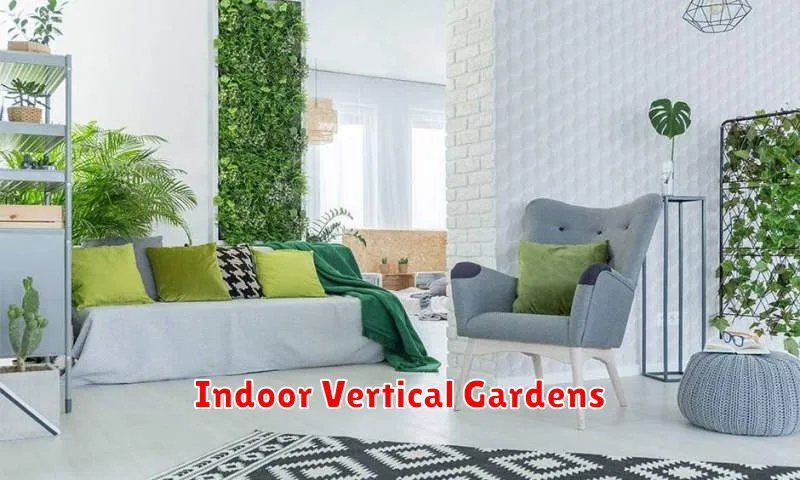
Indoor vertical gardens offer a stylish and sustainable way to enhance your living space. These eco-friendly decorations not only add a touch of natural beauty but also contribute to a healthier indoor environment by improving air quality. They are particularly beneficial in spaces with limited floor area, maximizing the use of vertical space.
The sustainability aspect is key; vertical gardens often utilize recycled materials for their structure and can be planted with low-maintenance, drought-tolerant species, reducing water consumption. Furthermore, growing your own herbs or vegetables promotes self-sufficiency and reduces reliance on commercially produced, often less sustainable options.
Design options are diverse, ranging from simple DIY projects using repurposed materials to more elaborate, professionally installed systems. Consider factors such as available light, the type of plants you wish to cultivate, and the overall aesthetic of your interior when choosing the right vertical garden for your home. Ultimately, integrating an indoor vertical garden offers a practical and visually appealing way to embrace sustainable living.
Low-VOC Wall Paints
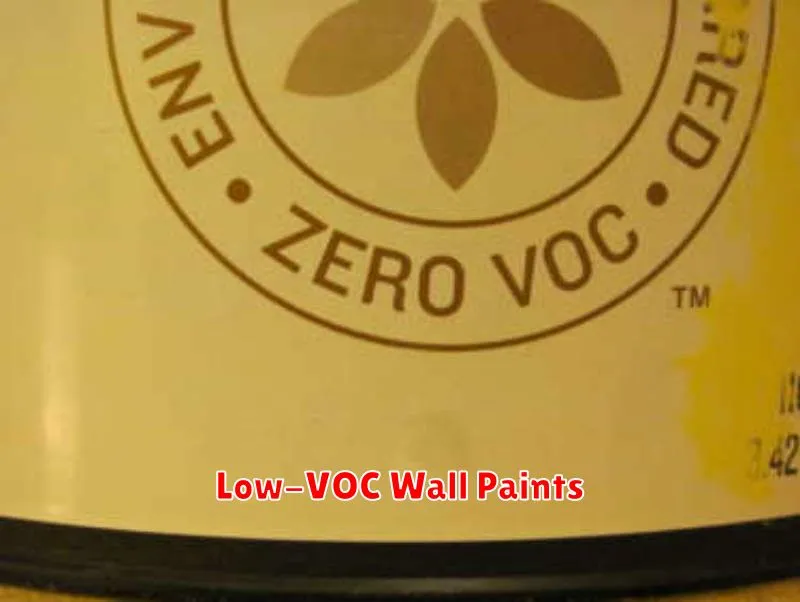
Choosing low-VOC (volatile organic compound) wall paints is a crucial step towards eco-friendly decoration. VOCs are chemicals released into the air from paints, contributing to indoor air pollution and posing potential health risks. Opting for low-VOC or zero-VOC paints significantly reduces these emissions, creating a healthier living environment for you and your family.
Many manufacturers now offer paints with significantly reduced VOC content. Look for certifications and labels that indicate low-VOC formulations, such as those from reputable environmental organizations. Consider the paint’s sheen and color as well, as these factors can also affect the overall impact on your home’s environment and atmosphere.
Beyond the environmental benefits, low-VOC paints often offer similar performance characteristics to traditional paints in terms of durability and coverage. By carefully selecting your wall paints, you can enhance the sustainability of your home decorating project while ensuring a beautiful and healthy living space.
Natural Fiber Rugs
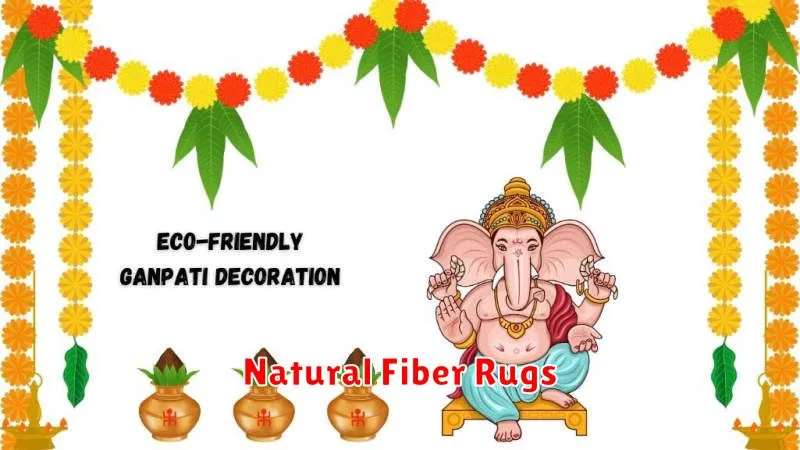
Natural fiber rugs offer a sustainable and stylish alternative to synthetic floor coverings. Made from renewable resources such as jute, sisal, seagrass, and wool, these rugs reduce your environmental impact compared to petroleum-based carpets. Their inherent durability also contributes to their longevity, minimizing the need for frequent replacements.
Beyond their eco-friendly nature, natural fiber rugs boast a range of aesthetic benefits. The textures and colors vary widely depending on the fiber, allowing for diverse design choices to complement any decor. Jute rugs, for example, offer a rustic charm, while wool rugs provide warmth and softness. Their natural variations contribute to a unique, handcrafted look.
When selecting a natural fiber rug, consider factors like durability and maintenance. While generally long-lasting, some fibers are more resistant to wear and tear than others. Proper cleaning methods, often involving professional cleaning services, can extend their lifespan and maintain their aesthetic appeal. Choosing a rug made with responsibly sourced materials is also crucial for supporting sustainable practices.
Reclaimed Stone Pathways
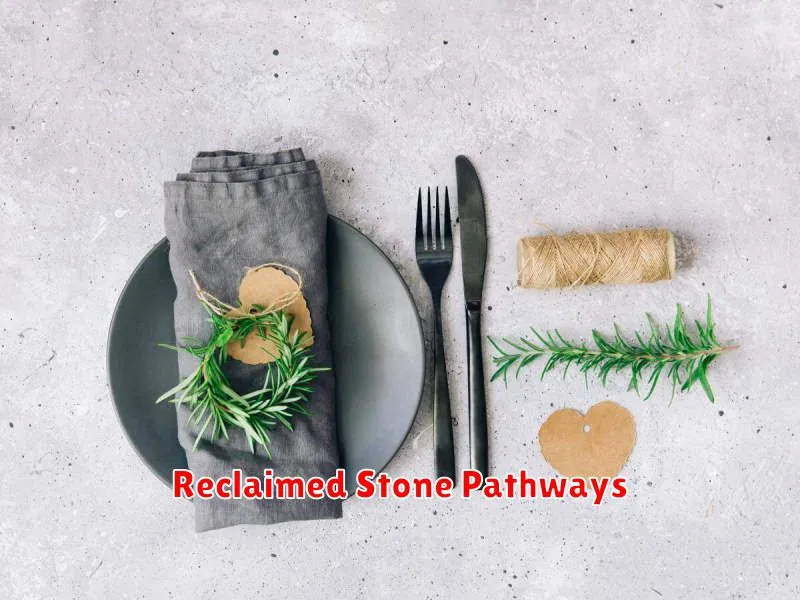
Reclaimed stone pathways offer a sustainable and aesthetically pleasing alternative to traditional paving materials. Using salvaged stones, such as those from demolished buildings or old quarries, significantly reduces the environmental impact associated with quarrying new stone. This process minimizes resource depletion and lowers carbon emissions linked to transportation and manufacturing.
The unique character of reclaimed stone creates visually interesting pathways, adding rustic charm or a touch of historical elegance to any landscape. Varying sizes, shapes, and colors contribute to a naturally textured and unique design. Moreover, these pathways are incredibly durable, capable of withstanding significant wear and tear, making them a long-term, eco-friendly investment.
Incorporating reclaimed stone pathways into your landscaping design promotes sustainable living by reducing the demand for newly extracted materials. This choice demonstrates a commitment to environmental responsibility while adding both beauty and longevity to your outdoor space. The inherent durability and aesthetic appeal make them a worthwhile consideration for environmentally conscious homeowners.
Eco-Friendly Kitchenware

Creating a sustainable kitchen starts with choosing eco-friendly kitchenware. Opt for items made from sustainable materials such as bamboo, recycled glass, or stainless steel. These materials are durable, long-lasting, and avoid the environmental impact associated with disposable plastics and other non-renewable resources.
Consider reusable alternatives to single-use items. For example, swap plastic wrap for beeswax wraps or silicone food covers. Choose bamboo utensils or stainless steel straws instead of plastic counterparts. These small changes significantly reduce waste and contribute to a more sustainable lifestyle.
When purchasing kitchenware, prioritize quality over quantity. Investing in well-made, durable pieces reduces the need for frequent replacements, minimizing environmental impact in the long run. Look for products with minimal packaging and from companies committed to ethical and sustainable practices. Supporting these businesses promotes responsible manufacturing and consumption.

